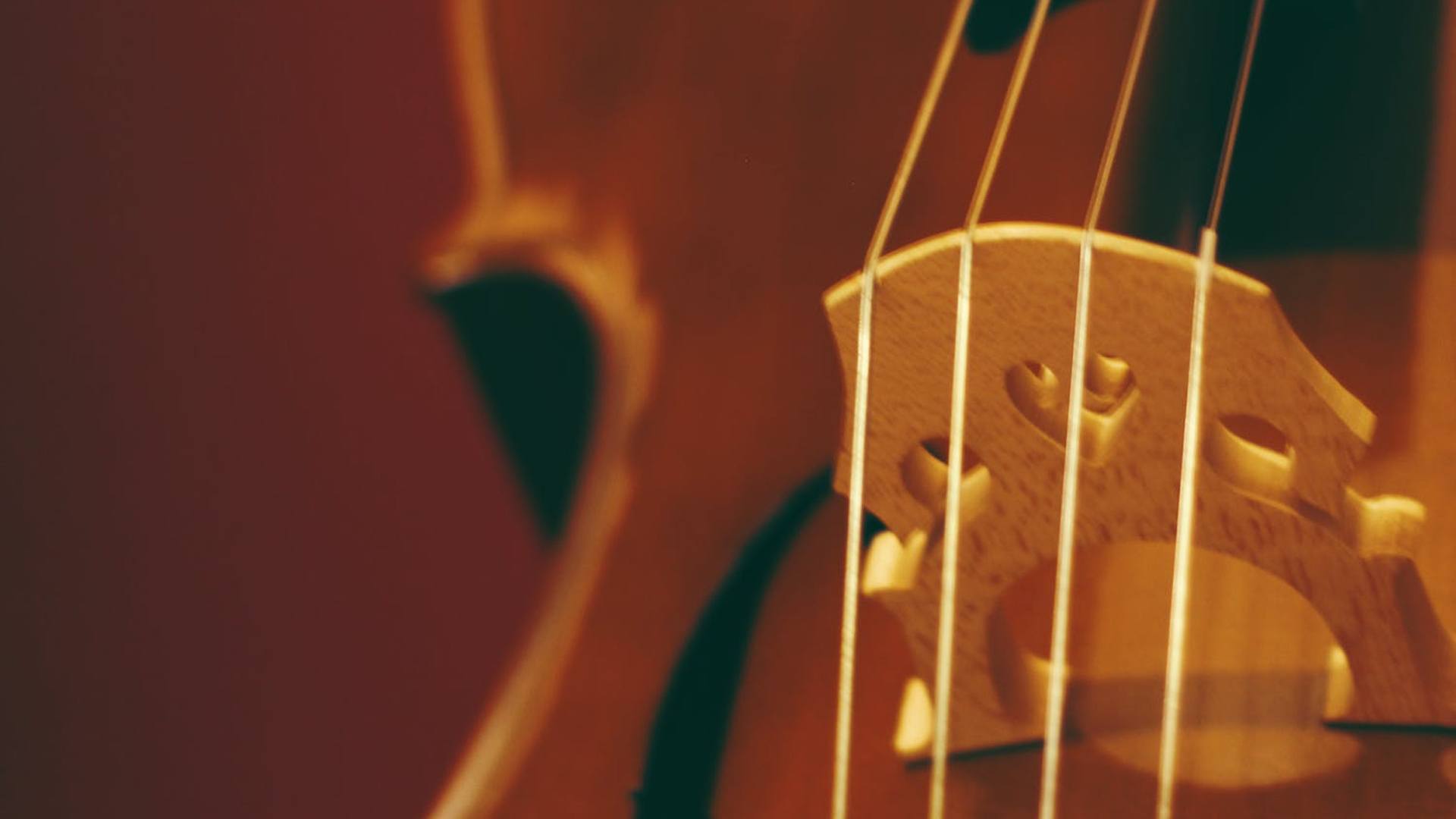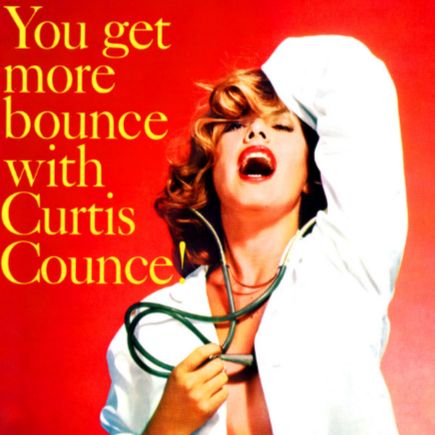Curtis Counce, l’élégance rythmique de la West Coast
Contrebassiste de jazz au parcours singulier, Curtis Counce s’est imposé comme une figure incontournable du jazz californien des années 1950, jouant un rôle déterminant dans l’affirmation d’un style Cool longtemps dominé par des musiciens blancs. Originaire du Missouri, installé à Los Angeles, il y perfectionne son art en étudiant la composition et l’arrangement auprès de Lyle Murphy, tout en acquérant une solide expérience aux côtés du pianiste Edgar Hayes.
Sa polyvalence et sa rigueur musicale en font rapidement l’un des sidemen les plus demandés de la côte ouest. Il accompagne des solistes de premier plan comme Benny Carter, Wardell Gray ou Bud Powell, et s’illustre aussi dans les grands orchestres, notamment ceux de Billy Eckstine et Stan Kenton, avec qui il effectue une tournée européenne en 1956. La même année, il collabore avec Shorty Rogers et Buddy DeFranco, affirmant ainsi sa présence au sein des formations les plus dynamiques de la scène West Coast.
En 1956, Curtis Counce fonde son propre quintette avec Harold Land au saxophone ténor, Jack Sheldon à la trompette, Carl Perkins au piano et Frank Butler à la batterie. Cette formation, emblématique du hard bop californien, enregistre plusieurs albums pour Contemporary Records, dont You Get More Bounce with Curtis Counce! et Exploring the Future. Ces disques, remarqués pour la qualité des arrangements et la cohésion du groupe, expriment une vision du jazz à la fois ancrée dans le blues et tournée vers l’innovation.
Le jeu de Curtis Counce, raffiné et solide, transforme la contrebasse en véritable voix narrative. À la fois mélodique et rythmique, sa manière de jouer révèle une sensibilité rare, au service de l’écoute collective. En cultivant un équilibre entre exigence formelle et expressivité, il a su affirmer une voix singulière dans le paysage du jazz américain.
Curtis Counce, la elegancia rítmica de la Costa Oeste
Contrabajista de jazz con un recorrido singular, Curtis Counce se consolidó como una figura clave del jazz californiano de los años cincuenta, desempeñando un papel decisivo en la afirmación del estilo Cool, durante mucho tiempo dominado por músicos blancos. Originario de Misuri y establecido en Los Ángeles, perfeccionó allí su arte estudiando composición y arreglos con Lyle Murphy, al tiempo que adquiría una sólida experiencia junto al pianista Edgar Hayes.
Su versatilidad y rigor musical lo convirtieron rápidamente en uno de los músicos más solicitados de la costa oeste. Acompañó a solistas de primer nivel como Benny Carter, Wardell Gray o Bud Powell, y también se destacó en grandes orquestas, como las de Billy Eckstine y Stan Kenton, con quien realizó una gira europea en 1956. Ese mismo año, colaboró con Shorty Rogers y Buddy DeFranco, consolidando su presencia en las formaciones más activas de la escena West Coast.
En 1956, Curtis Counce fundó su propio quinteto con Harold Land en el saxo tenor, Jack Sheldon en la trompeta, Carl Perkins al piano y Frank Butler a la batería. Este conjunto, emblemático del hard bop californiano, grabó varios álbumes para Contemporary Records, entre ellos You Get More Bounce with Curtis Counce! y Exploring the Future. Estas grabaciones, reconocidas por la calidad de sus arreglos y la cohesión del grupo, expresan una visión del jazz profundamente enraizada en el blues y abierta a la innovación.
El estilo de Counce, refinado y sólido, convirtió al contrabajo en una auténtica voz narrativa. Tanto melódico como rítmico, su enfoque revela una sensibilidad poco común, siempre al servicio de la escucha colectiva. Al cultivar un equilibrio entre exigencia formal y expresividad, Curtis Counce supo imponer una voz singular en el panorama del jazz estadounidense.
Curtis Counce, l’eleganza ritmica della West Coast
Contrabbassista jazz dal percorso singolare, Curtis Counce si è affermato come una figura centrale del jazz californiano degli anni Cinquanta, contribuendo in modo decisivo all’affermazione dello stile Cool, a lungo dominato da musicisti bianchi. Originario del Missouri e trasferitosi a Los Angeles, vi perfezionò la propria arte studiando composizione e arrangiamento con Lyle Murphy, accumulando nel contempo una solida esperienza accanto al pianista Edgar Hayes.
La sua versatilità e il suo rigore musicale lo resero presto uno dei sidemen più richiesti della West Coast. Ha accompagnato solisti di primo piano come Benny Carter, Wardell Gray o Bud Powell, e si è distinto anche nelle grandi orchestre, tra cui quella di Billy Eckstine e quella di Stan Kenton, con cui ha effettuato una tournée europea nel 1956. Nello stesso anno ha collaborato con Shorty Rogers e Buddy DeFranco, affermando la propria presenza nelle formazioni più dinamiche della scena californiana.
Nel 1956, Curtis Counce fonda il suo quintetto con Harold Land al sax tenore, Jack Sheldon alla tromba, Carl Perkins al piano e Frank Butler alla batteria. Questo gruppo, emblema del hard bop californiano, registra diversi album per la Contemporary Records, tra cui You Get More Bounce with Curtis Counce! e Exploring the Future. Queste incisioni, apprezzate per la qualità degli arrangiamenti e la coesione dell’ensemble, esprimono una visione del jazz radicata nel blues e aperta all’innovazione.
Il linguaggio musicale di Curtis Counce, raffinato e robusto, trasforma il contrabbasso in una vera e propria voce narrativa. Tanto melodico quanto ritmico, il suo approccio rivela una rara sensibilità, sempre al servizio dell’ascolto collettivo. Coltivando un equilibrio tra rigore formale ed espressività, ha saputo affermare una voce originale nel panorama del jazz americano.
Curtis Counce: rhythmic elegance on the West Coast
A jazz bassist with a unique path, Curtis Counce emerged as a key figure in the 1950s California jazz scene, playing a decisive role in establishing the Cool style, which had long been dominated by white musicians. Originally from Missouri and later based in Los Angeles, he refined his craft through studies in composition and arranging with Lyle Murphy, while gaining valuable experience alongside pianist Edgar Hayes.
His versatility and musical discipline quickly made him one of the most sought-after sidemen on the West Coast. He performed with leading soloists such as Benny Carter, Wardell Gray, and Bud Powell, and appeared in major orchestras, including those of Billy Eckstine and Stan Kenton—with whom he toured Europe in 1956. That same year, he collaborated with Shorty Rogers and Buddy DeFranco, further anchoring his place in the vibrant West Coast jazz scene.
In 1956, Curtis Counce formed his own quintet with Harold Land on tenor saxophone, Jack Sheldon on trumpet, Carl Perkins on piano, and Frank Butler on drums. This ensemble, emblematic of California hard bop, recorded several albums for Contemporary Records, including You Get More Bounce with Curtis Counce! and Exploring the Future. These recordings, praised for their arrangements and group cohesion, offer a vision of jazz rooted in the blues yet open to innovation.
Curtis Counce’s playing—refined, grounded, and expressive—elevated the double bass to a true narrative voice. Melodic and rhythmic, his approach revealed a rare sensitivity, always in service of collective interplay. By balancing formal rigor with emotional depth, he established a distinct voice in the American jazz landscape.


